This article was co-authored by wikiHow Staff. Our trained team of editors and researchers validate articles for accuracy and comprehensiveness. wikiHow's Content Management Team carefully monitors the work from our editorial staff to ensure that each article is backed by trusted research and meets our high quality standards.
There are 7 references cited in this article, which can be found at the bottom of the page.
This article has been viewed 53,933 times.
Learn more...
Following the trend in recycled fashion, quality used and vintage clothing are growing in popularity. Clothes that are vintage are "well-aged," meaning they are old but still fashionable and durable. Vintage is generally used to denote clothing produced between 1920 and 1980. If you’re looking to start a vintage clothing business, you’ll need to have a large supply of quality vintage clothing. Buy vintage clothing in bulk by first searching for a wholesale vintage supplier either online on in-store, then focus on finding the right clothing that will appeal to your customers at reasonable prices.
Steps
Finding Wholesale Vintage Suppliers
-
1Do an internet search to locate online or in-store vintage clothing suppliers. Search Google for the type and decade of vintage clothing you’re looking for, such as “vintage leather jackets” or “70s vintage.” Follow it with words like “wholesaler” or “distributor.” Your Internet search will show you a list of businesses selling vintage clothing at reasonable prices. You can then decide whether you want to purchase clothing items from online suppliers or in-person wholesale shops.[1]
- Type your area code into the search bar to find wholesale stores near you. This will cut down on shipping expenses.
-
2Purchase from online wholesale marketplaces. There are wide ranges of online marketplaces that specialize in vintage clothing. You’ll have access to a large variety of styles, colors, and sizes without having to leave your home. Most sites require membership to purchase the clothing, but sign-up is usually free.[2]
- Popular online vintage clothing stores, like bulkvintage.com and lavintage.com, allow you to shop for clothing by the bundle, by piece, or by weight. You can look at each piece of clothing and choose the ones that will appeal to your clientele.
- You can also look for bulk vintage clothing on wholesale lots on websites like eBay or Etsy. These sites are great to shop for bulk vintage clothing because you can easily message the seller to ask questions and look at reviews from other customers before you make your purchase.
Advertisement -
3Visit a fashion district to order from manufacturers in person. If you prefer to shop for wholesale clothing in person, check to see if your area has a fashion district. They are often found in big cities, such as New York or Los Angeles, and feature hundreds of clothing wholesalers in a condensed area. Go on www.fashiondistrict.org to search for vintage wholesalers in a fashion district near you.[3]
- Shopping in person allows you to check out the quality and appearance of the clothing before you commit to purchasing it. It also allows you to establish a relationship with the sellers, which can help you buy clothing wholesale going forward.
-
4Attend trade shows if you don’t live near a fashion district. Manufacturers set up booths at trade shows where you can see the clothing and ask questions about them in person. Purchasing products here can be a little more expensive and less efficient than over the Internet, but you also get a chance to network with various company representatives. To find trade shows in your area, visit WholesaleCentral.com, and you can search by product type.[4]
- Admission to trade shows is free, however, most require you to have a seller’s permit.
-
5Search for overseas wholesalers for lower prices. If you’re looking to save money, finding wholesalers in other countries can mean lower prices. For example, there are a wide variety of wholesale clothing companies in China where you may be able to get a good deal. Search engines such as GlobalSources.com and Alibaba.com can help you identify overseas clothing manufacturers. Make sure to specify vintage clothing in your search in order to find exactly what you’re looking for.[5]
- When you're dealing with wholesalers in other countries, there may be a language barrier. It may be easier to use written communication to talk to your contacts because you can use translation software to help you.
Making Successful Purchases
-
1Confirm that the clothing is really vintage. If you own a clothing store, you’ll want to ensure that the clothing is actually vintage in order to keep your customers happy. You can identify vintage clothing by looking at the tags, fabric, and overall quality of the garment. For example, most clothing produced in the United States prior to 1980 was made by unions. If you see a tag with blue and red lettering that reads, “ILGWU, Int. Ladies Garment Workers’ Union,” it is definitely vintage.
- You can also identify authentic vintage clothing by looking at the zipper. All clothing produced before 1963 were made with metal zippers. In the 30s and 40s, zippers were mostly placed on the side of a garment. Between 1950 and 1970, most zippers were placed in the back.
- If you’re purchasing from an online retailer and are unable to view the products in person, check to see if their website has reviews from other customers. Or, ask the company if they can send you a sample of their inventory.
-
2Purchase high-quality vintage clothing. Don’t just purchase a certain set of vintage shirts just because they’re really cheap and you think you can make a good profit. Very inexpensive items may not be good quality, which can leave you with unhappy customers. If you’re shopping for vintage items in person, look at the fabric closely and feel it to determine the quality. Check to make sure there are no faded colors, stains, holes, or tears. If you’re shopping online, purchase samples of their clothing items so you can inspect the quality of the garments and accessories before you purchase them in bulk.[6]
- Be wary of the fabric's fragility. Some fabrics are more fragile than others and only increase in fragility over time. Chiffon, net, and lace are very susceptible to wear and should be examined carefully before purchasing.
- It’s often worth it to shop for designer vintage clothing if you want to ensure that your inventory can appeal to customers who are looking for higher quality items. Vintage designer clothing brands, such as Calvin Klein and Ralph Lauren, are often higher quality than non-designer brands.
-
3Purchase items that will appeal to your customers. Before you purchase vintage clothing in bulk, make sure it is the type of clothing that your customers will enjoy. For example, if you have a vintage shop with a 50s or 60s theme, purchase items that represent those eras. Or if your clientele is mostly female, most of your bulk purchases should be for women’s vintage clothing.[7]
- For example, if your vintage shop has a 70s theme, stick to vintage items that were popular during that decade, such as colorful jumper dresses, turtlenecks, flared pants, and platform heels.
-
4Understand the wholesaler’s sizing information. Before purchasing clothing in bulk, it’s important to really have a grasp on exactly what you’re buying. American sizes differ from sizes on the market in other countries. For example, a women’s small in the US might be labeled as a 6, while in the UK it’s labeled as an 8. Always ask the wholesaler or check the website to figure out the sizing information for the clothing you want to purchase.[8]
- Refer to a clothing size conversion chart if you’re unsure of the sizing in different countries. They are easily accessible online with a simple Google search.
-
5Compare prices between different sellers. Don’t stop looking once you find a wholesale company. There are so many vintage wholesale companies out there, so you may be able to find the same product elsewhere for less money.[9]
- Typically, manufacturers sell at the cheapest price because they have regional distributors that sell products in a certain area. Prices at wholesale businesses are typically more expensive because they buy from distributors and sell to retailers.
-
6Ask for discounts and perks from vintage wholesale suppliers. When making a purchase, ask the seller, “Do you have any discount offers?” Sometimes you can find great products at reduced prices. Other times, you get to save money because suppliers compete for your business and want you as a repeat customer.[10]
- You may have better luck asking for discounts after placing a few orders with the same supplier. However, you can sometimes find good deals for new customers.
References
- ↑ https://www.thebalancesmb.com/how-to-find-a-wholesale-distributor-2531713
- ↑ https://mywifequitherjob.com/the-best-way-to-find-vendors-for-your-online-store/
- ↑ http://fashiondistrict.org/buying-wholesale-online-vs-in-person/
- ↑ https://mywifequitherjob.com/the-best-way-to-find-vendors-for-your-online-store/
- ↑ https://mywifequitherjob.com/the-best-way-to-find-vendors-for-your-online-store/
- ↑ https://www.huffpost.com/entry/five-reasons-vintage-clothes_b_6432122
- ↑ https://www.racked.com/2016/11/30/13769482/how-to-start-an-online-vintage-store
- ↑ https://brokeassstuart.com/2016/09/27/common-mistakes-made-when-buying-wholesale-clothes/
- ↑ https://mywifequitherjob.com/the-best-way-to-find-vendors-for-your-online-store/

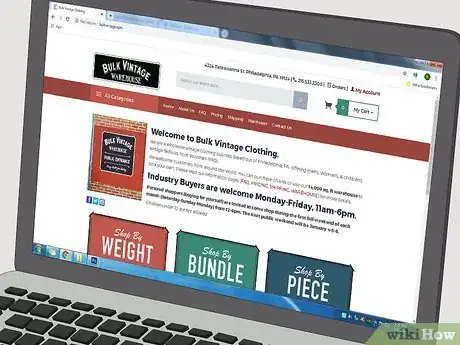
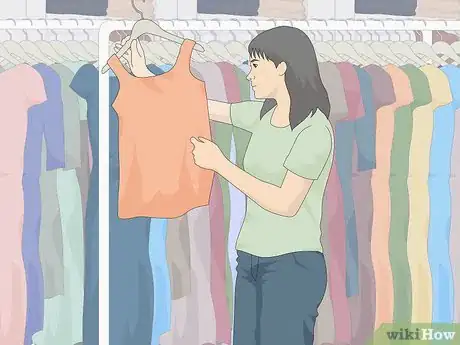
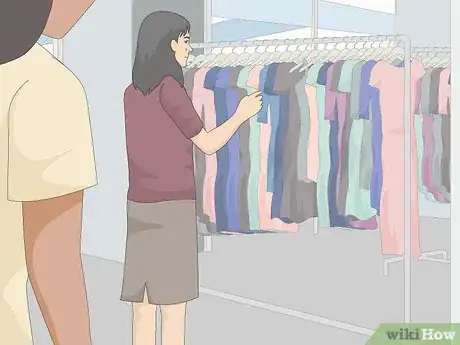

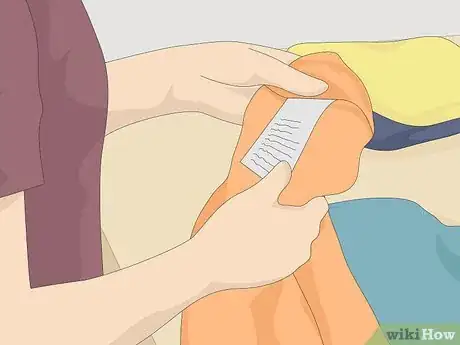
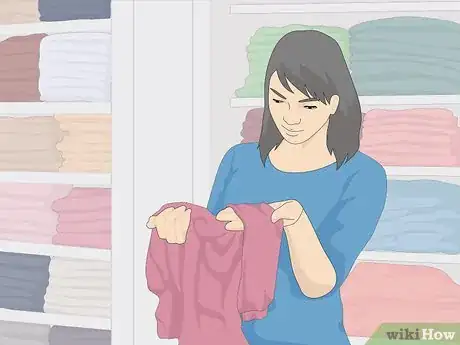
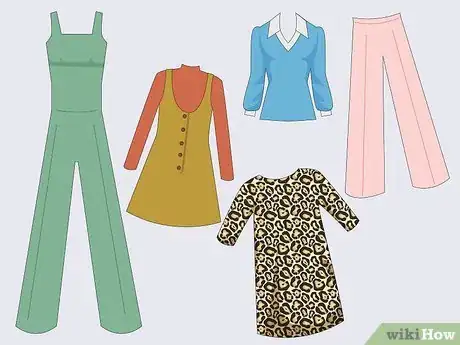
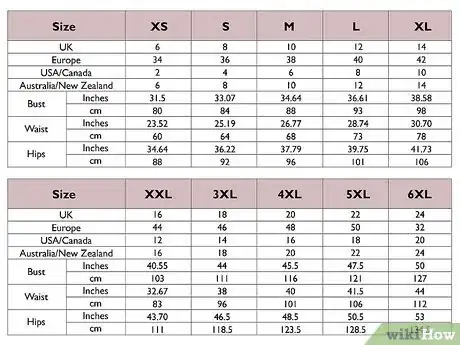
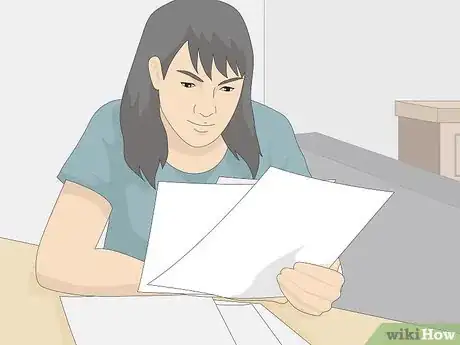
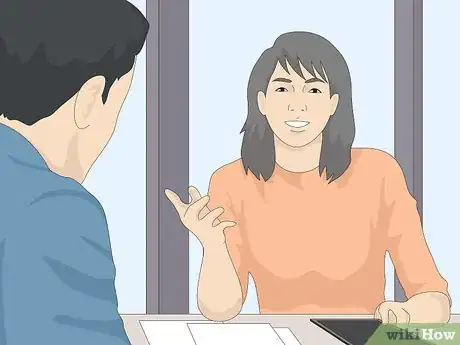
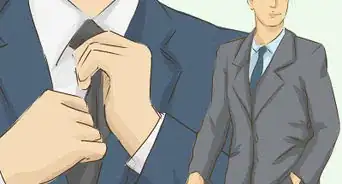
-Step-14.webp)


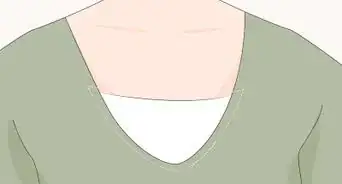

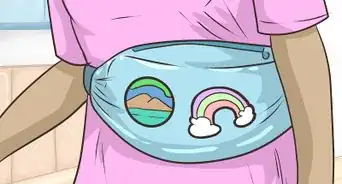
-Step-26-Version-2.webp)
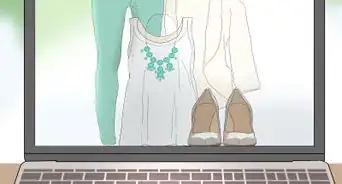
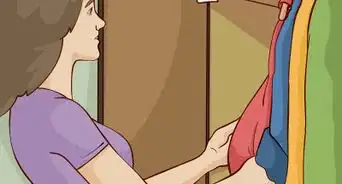
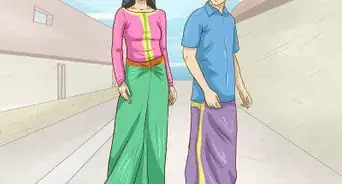

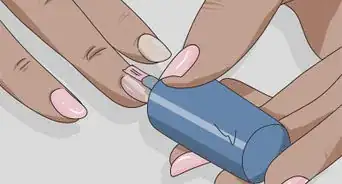
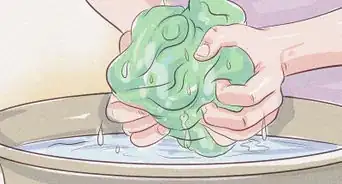








-Step-14.webp)




































